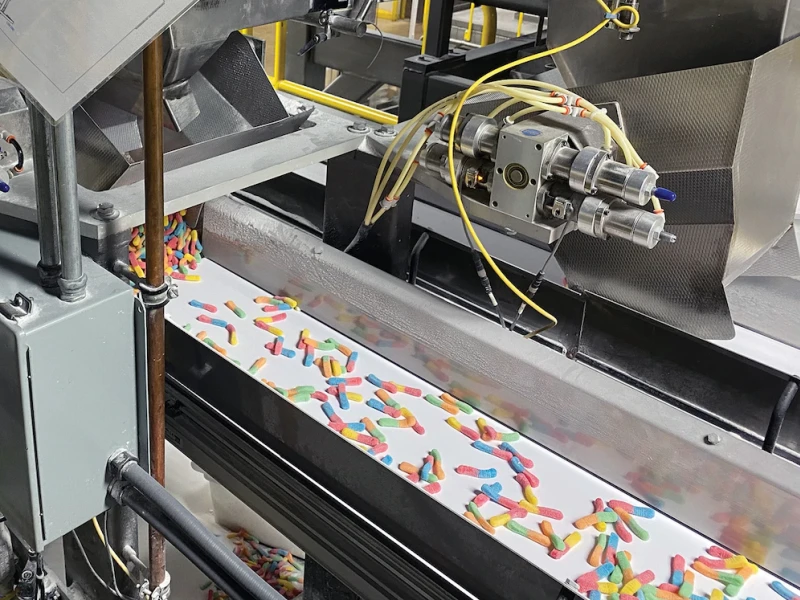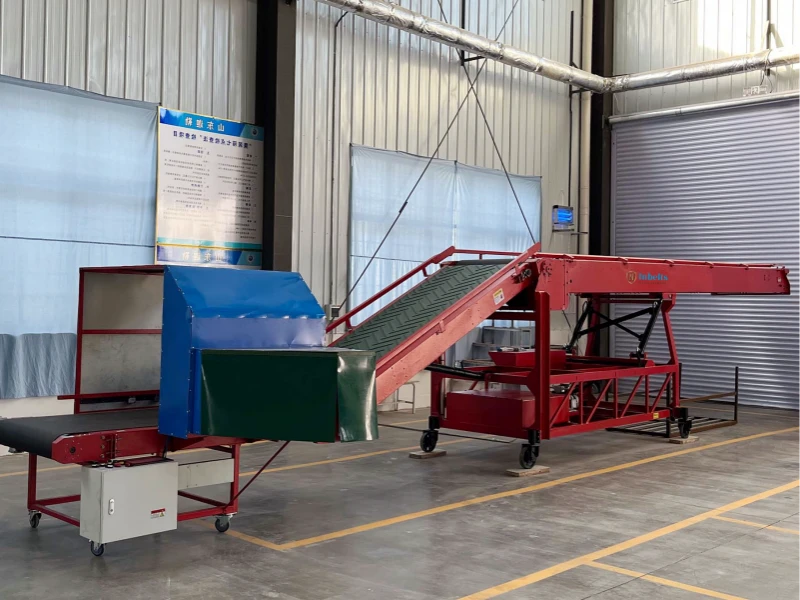
Conveyor Selection and Layout Optimization: Enhancing Production Efficiency
Conveyors are increasingly used in production lines and have become an essential part of industrial manufacturing. Proper selection and optimization of the conveyor system not only improve production efficiency but also reduce labor costs and enhance competitiveness. This article will explore how to optimize work efficiency from the perspective of conveyor selection and layout.
1. Conveyor Selection
Choosing the right conveyor is a key step in optimizing a production line. When selecting a conveyor, the following factors should be considered:
1.1 Load Type and Weight
Different products with varying weights and sizes require different types of conveyors. Choose the appropriate conveyor type based on the actual situation, such as roller conveyors, belt conveyors, chain conveyors, etc.
1.2 Environmental Conditions
Factors such as temperature, humidity, and corrosiveness of the production environment affect the selection of conveyor materials. Ensure that the chosen conveyor is durable and suitable for the environment.
1.3 Conveying Distance and Speed
The conveyor's distance and speed should be adjusted according to the production line’s needs to avoid inefficiencies caused by running too fast or too slow.
1.4 Automation Level
Consider whether the conveyor needs to be integrated with other equipment for automation. Choose a conveyor with appropriate interfaces to achieve seamless connectivity and data exchange.
1.5 Conveyor Applications
You should choose the right conveyors according to your projects. For example, if you need to load and unload trucks, you can use truck unloading conveyor and flexible powered roller conveyors for your projects.

Telescopic Belt Conveyor for Truck Loading and Unloading. This is a portable conveyor for easy setting up.
2. Layout Optimization
Proper conveyor layout can further improve the efficiency of your production line, whether it is a belt conveyor or a roller conveyor system. Here are some suggestions for optimizing layout:
2.1 Process Analysis
Conduct a detailed analysis of the production process to determine which stages are suitable for conveyor use. Avoid using conveyors in unnecessary stages to prevent resource waste.
2.2 Space Utilization
Plan the conveyor layout based on the actual conditions of the production site, maximizing the use of available space. Avoid congestion between conveyors or between conveyors and other equipment.
2.3 Transfer Efficiency
Set up appropriate transfer points in the conveyor line to reduce downtime during product transfers. This helps prevent production line stagnation and increases overall efficiency. In some warehouse, the flexible roller conveyor and telescopic belt conveyor are widely used in handling bulk units.
2.4 Safety Considerations
Implement protective measures around conveyors to ensure the safety of operators. Additionally, consider the stability of products during transport to avoid damage or blockages.
2.5 Maintenance Accessibility
When laying out the conveyors, ensure that maintenance staff can easily access them for necessary repairs and upkeep, preventing long downtimes.
3. Data Monitoring and Optimization
By using data monitoring, the operational status of the conveyor system can be monitored in real time, leading to optimization adjustments.
3.1 Sensor Technology Application
Integrate sensor technology into the conveyor system to monitor temperature, vibration, speed, and other parameters, enabling the timely detection of abnormalities.
3.2 Data Analysis
Collect and analyze conveyor operation data to identify bottlenecks and issues. Based on this data, optimize the layout of the production line and the operational strategy of the conveyor system.
3.3 Automated Adjustments
Using the results from data analysis, implement automated adjustments to the conveyor system. For example, increase conveyor speed during peak periods and slow down during off-peak times to balance energy consumption and production efficiency.
Conveyors have become an indispensable part of enhancing production efficiency in industrial manufacturing. By selecting the right conveyors and optimizing their layout, production lines can run smoothly and efficiently. With the help of data monitoring and optimization, the production process can be continuously improved, leading to sustained advancements. Therefore, in industrial production, the selection and layout of conveyors will play an increasingly important role in the future.


Leave Me Your Requirement!